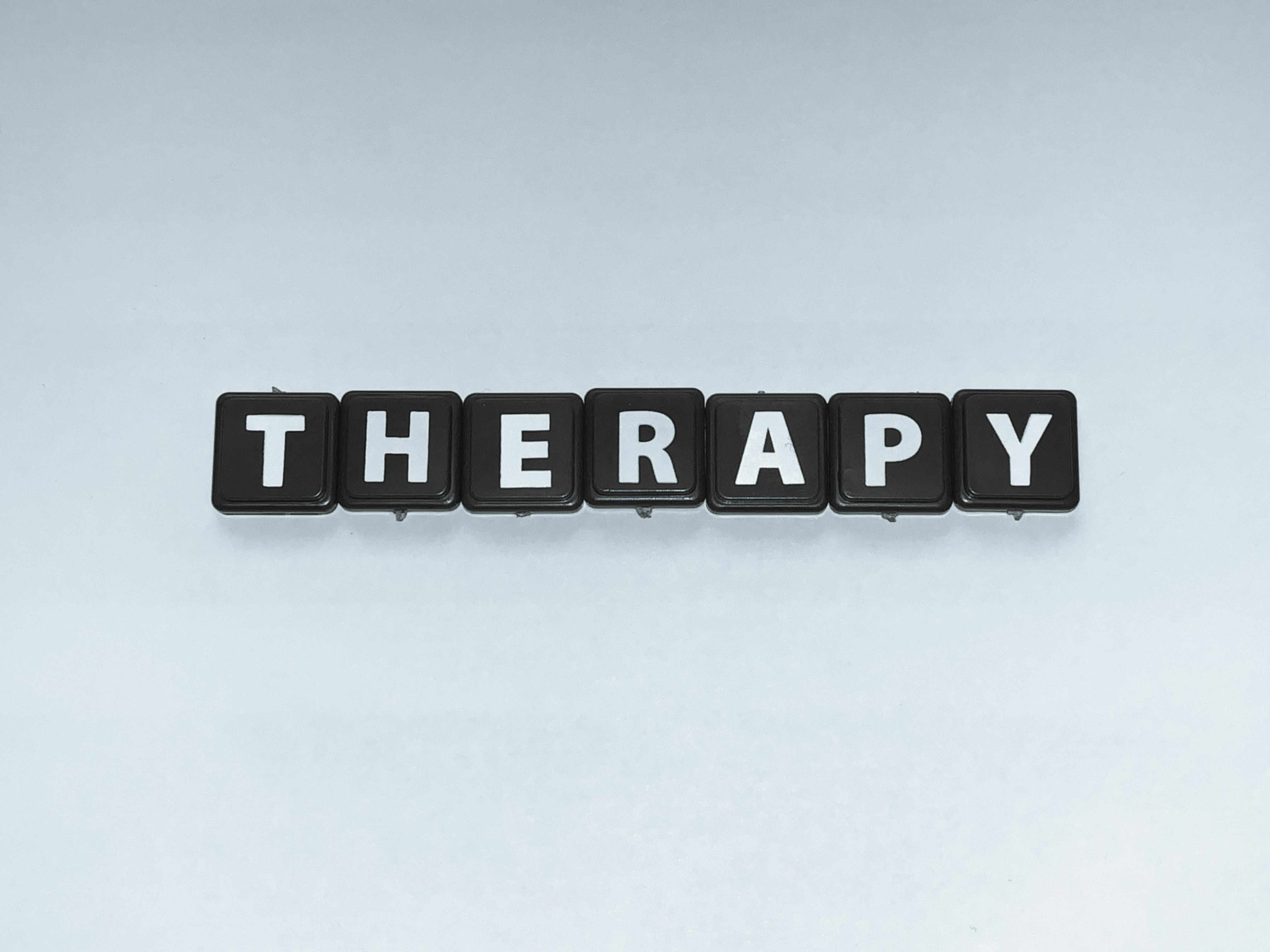More Than Just Sadness: How a Depression Test Can Help You Find Answers
Sadness is a normal emotion, but when it lingers for weeks and impacts your life, it could be a sign of depression. Our detailed guide explains the key differences. Take a quick and anonymous test to better evaluate your symptoms. It's not a diagnosis, but a tool to help you find clarity and understand if it’s time to speak with a professional.

What are the key symptoms of depression beyond sadness?
Depression manifests in various ways, and it’s important to recognize that it’s more than just feeling down. Common symptoms include persistent feelings of hopelessness, loss of interest in activities once enjoyed, changes in appetite or weight, sleep disturbances, difficulty concentrating, and fatigue. Physical symptoms such as headaches or unexplained aches and pains can also occur. In severe cases, individuals may experience thoughts of death or suicide. Recognizing these diverse symptoms is crucial for identifying depression and seeking help.
How does a self-assessment tool provide clarity about depression?
A depression self-assessment tool is designed to evaluate the presence and severity of depressive symptoms. These tests typically consist of a series of questions about mood, behavior, and physical symptoms experienced over a specific period. By answering these questions honestly, individuals can gain a clearer understanding of their emotional state and whether their experiences align with common indicators of depression. Self-assessment tools provide a structured way to reflect on one’s mental health, helping to identify patterns or changes that might otherwise go unnoticed.
What types of questions are typically included in a depression test?
Depression tests often include questions about mood, energy levels, sleep patterns, appetite changes, and ability to concentrate. They may ask about feelings of worthlessness, guilt, or hopelessness. Questions about loss of interest in activities, social withdrawal, and changes in libido are also common. Some tests inquire about physical symptoms like fatigue or unexplained aches. Additionally, questions about thoughts of self-harm or suicide are typically included to assess the severity of depression. The specific wording and number of questions can vary depending on the test, but most aim to cover a comprehensive range of depressive symptoms.
How should you interpret the results of a depression self-assessment?
Interpreting the results of a depression self-assessment requires careful consideration. Most tests provide a score or range that indicates the likelihood and potential severity of depression. However, it’s crucial to remember that these results are not a definitive diagnosis. They serve as a starting point for understanding your mental health status and should be viewed as a guide for next steps. If your results suggest the presence of depressive symptoms, it’s important to view this as an invitation to seek professional help rather than a final verdict on your mental health.
What role do healthcare professionals play in diagnosing depression?
Healthcare professionals play a crucial role in accurately diagnosing and treating depression. While self-assessment tools can provide valuable insights, only a qualified mental health professional or doctor can make an official diagnosis. These experts use standardized diagnostic criteria, conduct in-depth interviews, and may perform additional assessments to evaluate your mental health comprehensively. They consider factors such as the duration and severity of symptoms, personal and family history, and potential underlying medical conditions. Professional diagnosis is essential for developing an appropriate treatment plan and ensuring that other potential health issues are not overlooked.
How can you find support and treatment after taking a depression test?
If your depression test results suggest you may be experiencing depressive symptoms, the next step is to seek professional support. Start by scheduling an appointment with your primary care physician or a mental health professional such as a psychologist or psychiatrist. Be prepared to discuss your symptoms, the results of your self-assessment, and any concerns you have. Treatment options for depression may include psychotherapy, medication, or a combination of both. Additionally, lifestyle changes, support groups, and self-care strategies can play important roles in managing depression.
| Resource Type | Provider | Key Features |
|---|---|---|
| Online Therapy | BetterHelp | 24/7 access to licensed therapists, multiple communication methods |
| In-Person Therapy | Psychology Today Directory | Find local therapists specializing in depression treatment |
| Support Groups | National Alliance on Mental Illness (NAMI) | Free peer-led support groups in many communities |
| Crisis Hotline | National Suicide Prevention Lifeline | 24/7 free and confidential support for people in distress |
Prices, rates, or cost estimates mentioned in this article are based on the latest available information but may change over time. Independent research is advised before making financial decisions.
In conclusion, a depression test can be a valuable tool for gaining clarity about your mental health. By identifying key symptoms beyond sadness, understanding how self-assessment tools work, and knowing how to interpret results, you can take an important first step towards addressing potential depression. Remember, while these tests provide helpful insights, professional diagnosis and support are crucial for accurate assessment and effective treatment. If you’re struggling with depressive symptoms, don’t hesitate to reach out to a healthcare provider or mental health professional for guidance and support.
This article is for informational purposes only and should not be considered medical advice. Please consult a qualified healthcare professional for personalized guidance and treatment.




